If you’ve ever dreamed of seeing majestic whales up close, Iceland is one of the best places on Earth to make that dream a reality. With its rich marine biodiversity, stunning landscapes, and a variety of whale-watching tours, this Nordic island is a paradise for wildlife lovers. But when exactly is the best time to visit Iceland for whale watching? Let’s dive into the details.
Table of Contents
Why Iceland is a Top Destination for Whale Watching
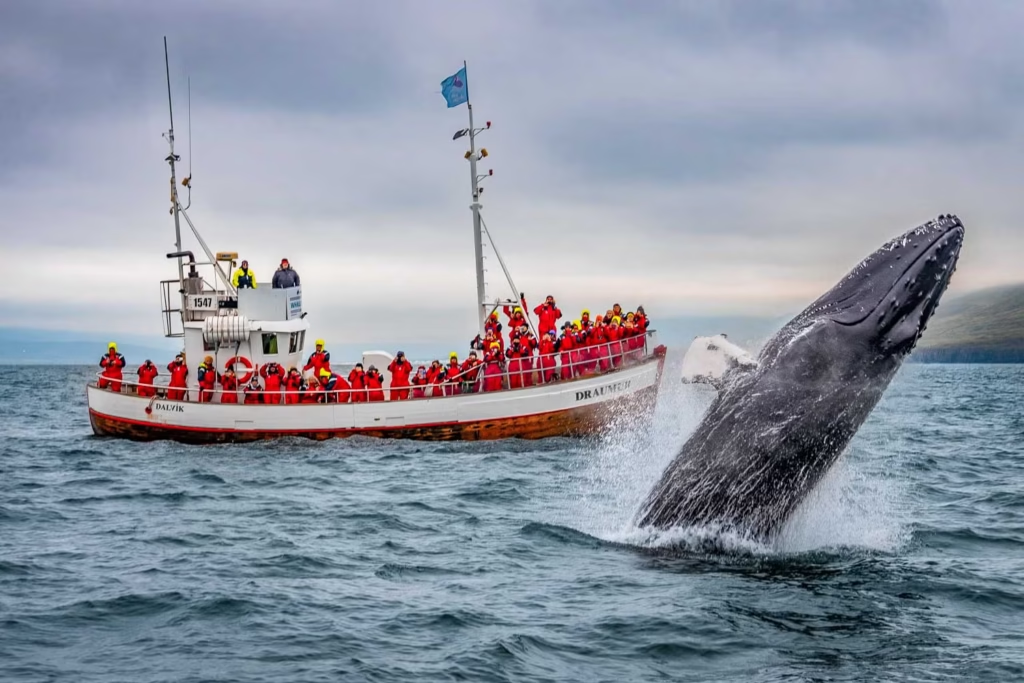
Iceland’s location in the North Atlantic makes it an excellent habitat for various whale species. The country’s pristine waters, abundant fish stocks, and favorable climate conditions attract whales year-round. Whether you’re in Reykjavik or the remote north, whale sightings are almost guaranteed during peak seasons.
Best Time of Year for Whale Watching in Iceland
Summer (June to August) – Peak Season
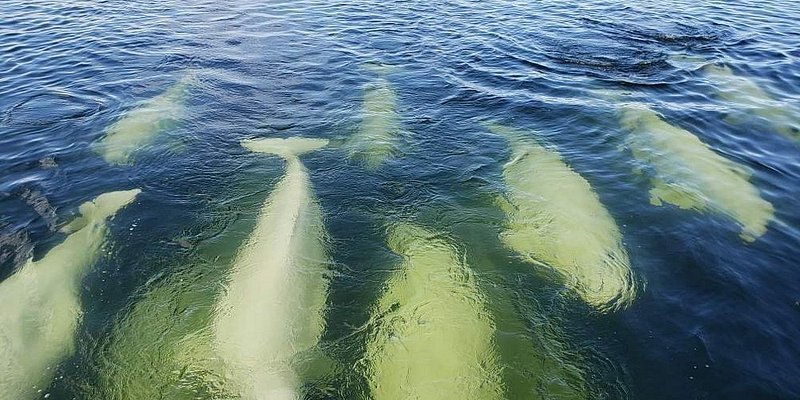
Summer is hands-down the best time for whale watching in Iceland. With nearly 24 hours of daylight, you have more opportunities to spot whales. Warmer temperatures and calm seas make for a comfortable experience.
Spring (April to May) – A Great Alternative
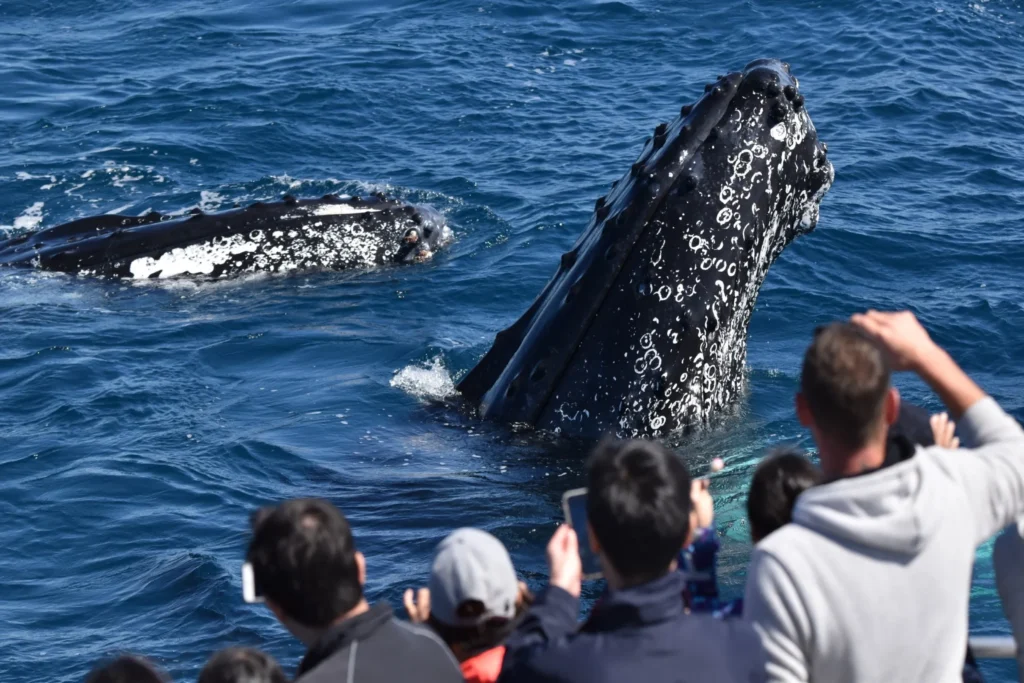
Spring is another excellent time to visit, as many migratory whale species start arriving in Icelandic waters. It’s also less crowded compared to peak summer months.
Fall (September to October) – Shoulder Season
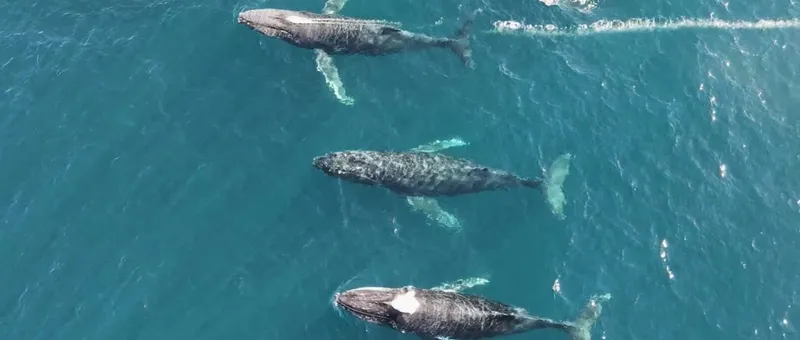
While summer is the best, early fall can still offer fantastic whale sightings. Plus, you get the added bonus of seeing the Northern Lights at night!
Winter (November to March) – A Different Experience

Winter whale watching is less common but still possible. Orcas and other species can be seen in certain locations. The main downside? Harsh weather conditions and fewer available tours.
Types of Whales You Can See in Iceland
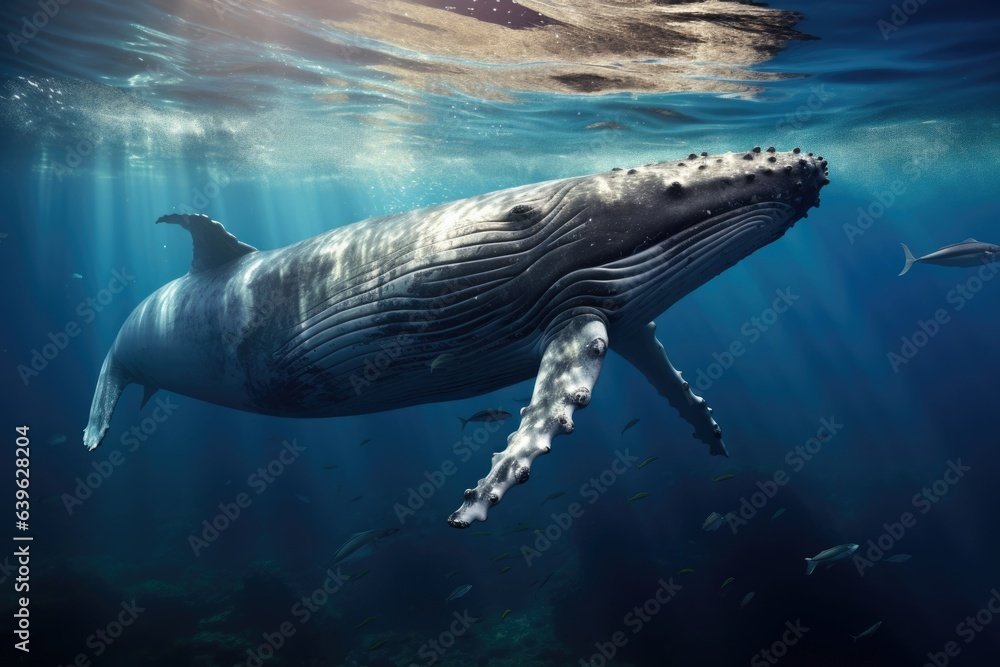
- Humpback whales – Playful and often breach the water
- Minke whales – Smaller but frequently spotted
- Orcas – More common in winter months
- Blue whales – The largest animals on Earth
- Sperm whales – Deep-diving giants
Best Locations for Whale Watching in Iceland
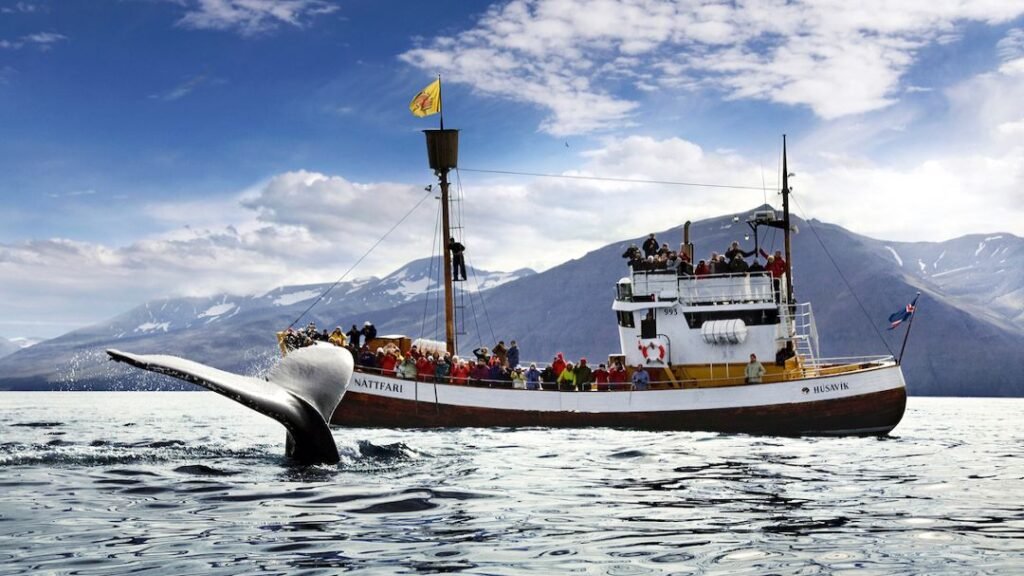
- Husavik – The ultimate whale-watching destination
- Reykjavik – Easy access for tourists
- Akureyri – A scenic northern option
- Snaefellsnes Peninsula – A hidden gem for nature lovers
Different Whale Watching Tours Available
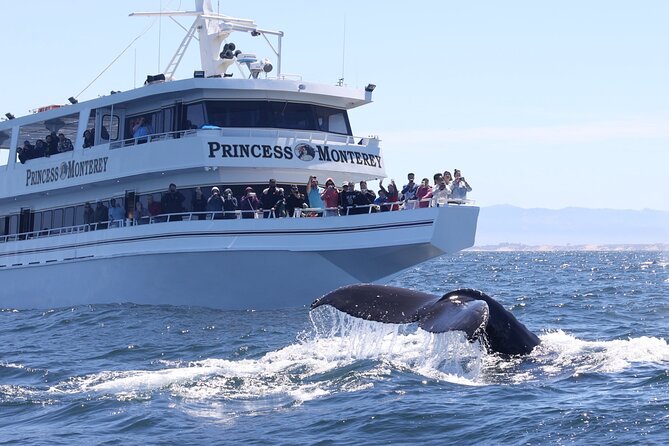
- Classic boat tours – Most common and affordable
- Rib boat tours – Faster and more adventurous
- Luxury yacht tours – A premium experience
- Eco-friendly tours – Focused on sustainability
What to Expect on a Whale Watching Tour
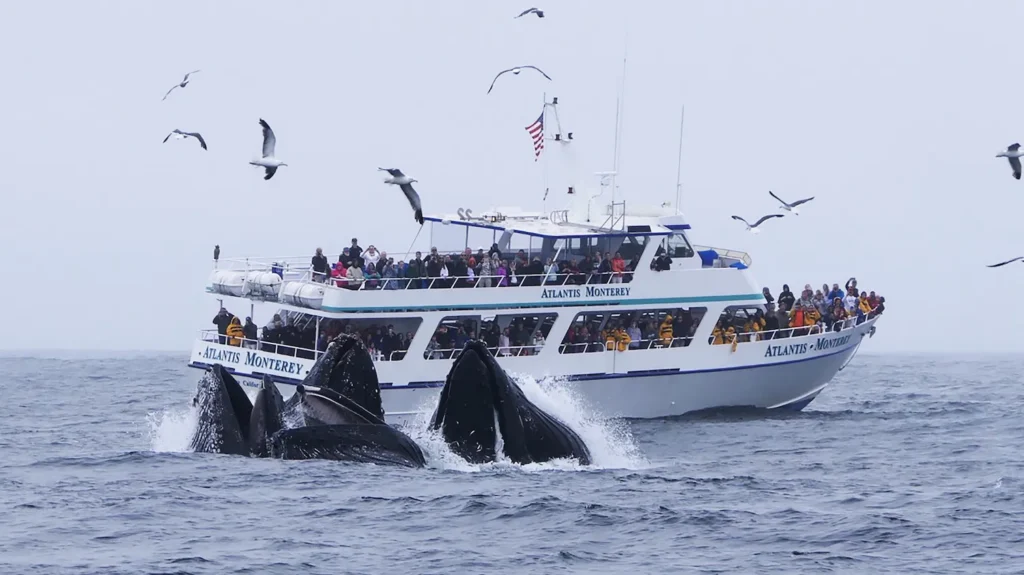
Tours usually last 2-4 hours, depending on the location and type of boat. The weather can be unpredictable, so dress in warm layers and waterproof clothing.
Ethical and Responsible Whale Watching

Always choose tour operators that prioritize conservation and follow ethical guidelines to avoid disturbing these magnificent creatures.
Conclusion
If whale watching is on your bucket list, Iceland should be at the top of your travel plans. The best time to visit is undoubtedly summer, but spring and fall offer great alternatives. Choose the right tour, dress warmly, and get ready for a once-in-a-lifetime experience!




